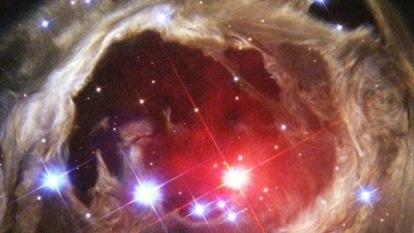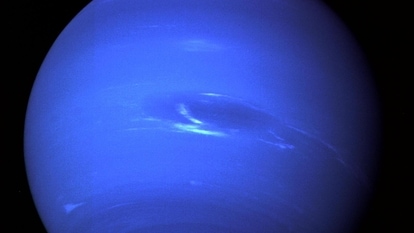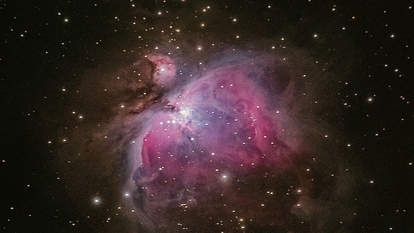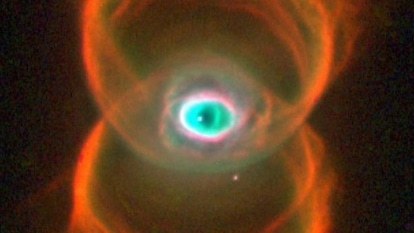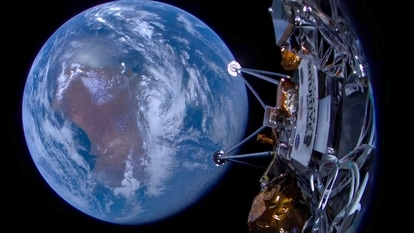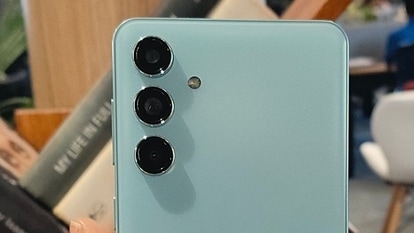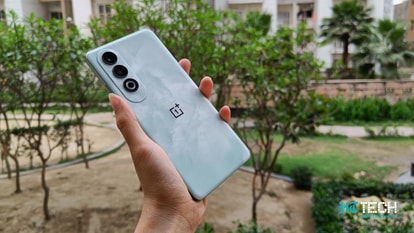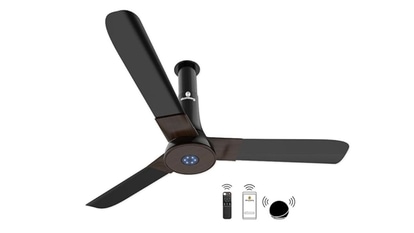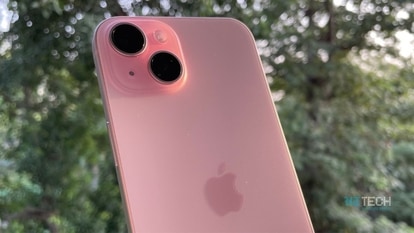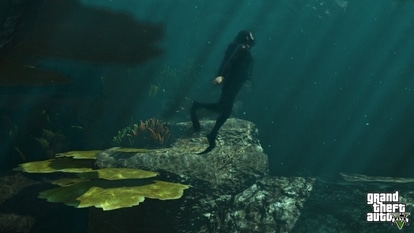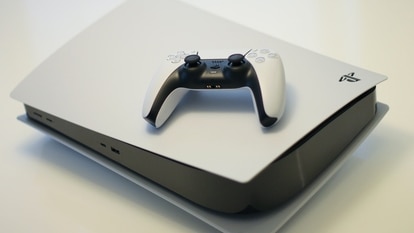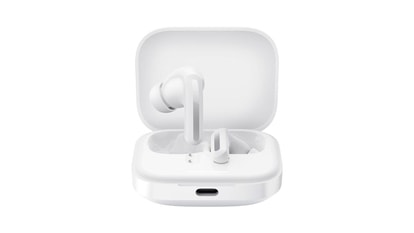How the Sun has affected the Moon - the case of tiny iron particles
"When I saw the Apollo sample data and our satellite data side by side for the first time, I was shocked," said researcher.
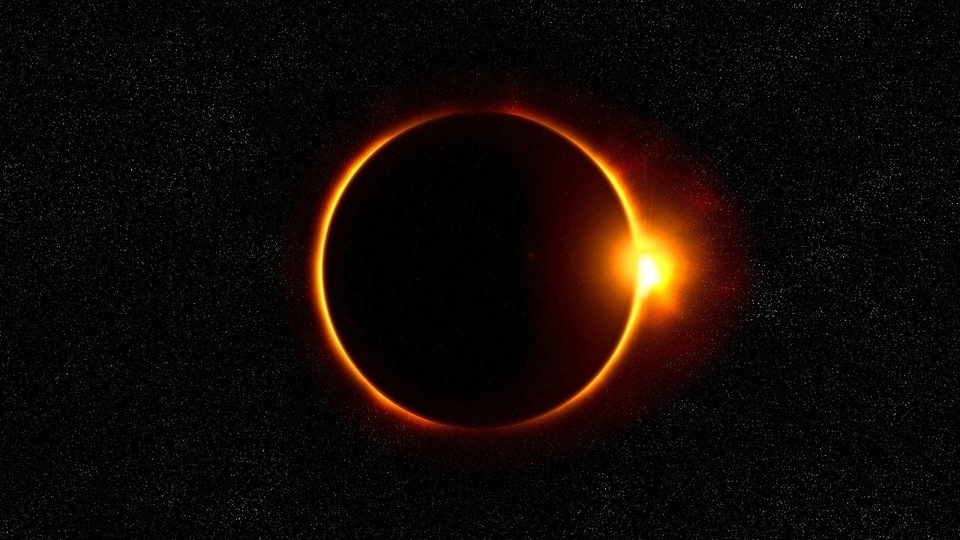
Researchers at the Northern Arizona University (NAU) have recently uncovered some important clues on the lunar surface to help us understand it better. Tiny iron nanoparticles have been found everywhere on the surface, and these nanoparticles are unlike anything found on Earth. Scientists are now venturing to understand why.
A recent article published in the Geophysical Research Letters journal by Northern Arizona University doctoral candidate Christian J. Tai Udovicic along with associate professor Christopher Edwards states that solar radiation could be a more important source of lunar iron nanoparticles than previously believed. Both researches are of NAU's Department of Astronomy and Planetary Science.
Also read: Looking for a smartphone? Check Mobile Finder here.
The thing about the Moon is that unlike the Earth, it lacks any sort of protective magnetic field or atmosphere. This when combined with asteroid impacts and solar radiation results in peculiar and unique results. Both break down lunar rocks and soil, forming iron nanoparticles of various sizes, some large and some small. These nanoparticles are large enough to be detected by instruments on satellites that orbit the Moon.
The study by the two NAU researchers Tai Udovicic and Edwards made use of data from the National Aeronautics and Space Administration (NASA) and Japan Aerospace Exploration Agency (JAXA) spacecraft to understand how quickly iron nanoparticles form on the Moon over time, ANI reported.
Tai Udovicic in a recent statement said, “We have thought for a long time that the solar wind has a small effect on lunar surface evolution, when in fact it may be the most important process producing iron nanoparticles. Since iron absorbs a lot of light, very small amounts of these particles can be detected from very far away - making them a great indicator of change on the Moon.”
Surprisingly, the smaller iron nanoparticles seemed to form at a similar rate as radiation damage in samples returned from the Apollo missions to the Moon, a hint that the Sun too has a strong influence in their formation.
"When I saw the Apollo sample data and our satellite data side by side for the first time, I was shocked," Tai Udovicic said. "This study shows that the solar radiation could have a much larger influence inactive change on the Moon than previously thought, not only darkening its surface, but it might also create small quantities of water usable in future missions."
It is more crucial than ever now to understand the solar radiation environment, its effects and possible resources on the Moon since NASA is preparing to land the first ever woman in the world and the next man on the surface of the Moon by 2024 with the help of the Artemis missions.
Tai Udovicic, whoo was recently awarded the NASA Future Investigators in Space Science and Technology (FINESST) award, plans to use the grant for future research and broaden his targeted study to cover the entire Moon. He is also eager to take a closer look at and study the mysterious lunar swirls, one of which was recently selected as a landing site for the upcoming Lunar Vortex rover. He also wants to continue his studies of lunar temperatures and water ice stability to help future missions.
"This work helps us understand, from a bird's eye view, how the lunar surface changes over time, while there is still a lot to learn, we want to make sure that when we have boots back on the Moon, that those missions are backed by the best science available. It's the most exciting time to be a lunar scientist since the tail end of the Apollo era in the 70s," said Tai Udovicic.
Catch all the Latest Tech News, Mobile News, Laptop News, Gaming news, Wearables News , How To News, also keep up with us on Whatsapp channel,Twitter, Facebook, Google News, and Instagram. For our latest videos, subscribe to our YouTube channel.



